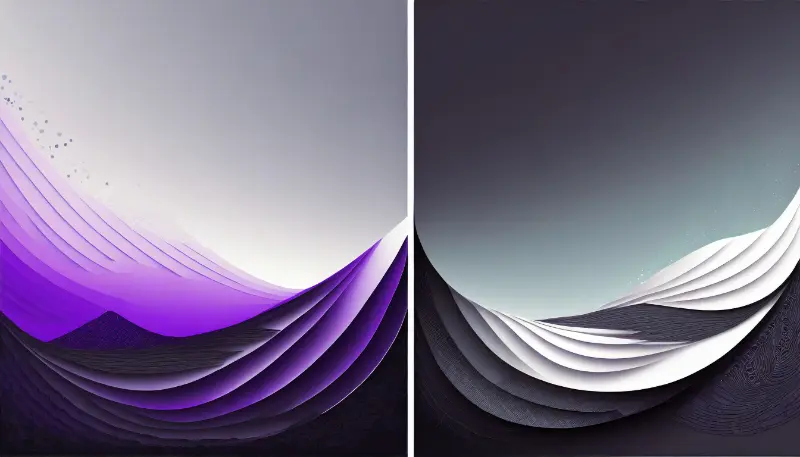
illustrated by adobe firefly
Light UI vs Dark UI
#ui
In the dynamic realm of digital design, the debate over light and dark user interfaces (UI) rages on. As designers grapple with the eternal question of aesthetics, an intriguing compromise emerges—the option to switch between light and dark modes. Let’s explore why this flexibility has become a pivotal feature in modern UI design.
Aesthetics and Personalization
Both light and dark UIs have their aesthetic merits, but personal preference plays a crucial role. Introducing a switchable mode empowers users to tailor their digital experience, allowing them to choose an interface that resonates with their individual style and mood.
Reduced Eye Strain and Enhanced Readability
The advantages of both light and dark modes are acknowledged, and users can leverage these benefits based on their environmental conditions and preferences. A seamless transition between modes enables users to optimize readability and reduce eye strain according to their immediate context.
Battery Efficiency
Recognizing the impact of screen brightness on battery life, the option to switch between light and dark modes offers a pragmatic solution. Users can choose the mode that aligns with their power-saving priorities, promoting a more energy-efficient user experience.
Inclusive Accessibility
Accessibility remains a cornerstone of UI design. By providing a toggle between light and dark modes, designers can cater to a broader audience. Users with varying visual abilities can select the mode that enhances their experience, ensuring inclusivity without compromising on style.
Adapting to Design Trends
Design trends evolve, and what is en vogue today may be eclipsed tomorrow. Integrating a light-dark mode switch ensures that users can stay in sync with the prevailing design aesthetics or choose a timeless interface that aligns with their taste.
Conclusion: Embracing Versatility
In the ongoing debate between light and dark UI, the option to seamlessly switch between modes emerges as a harmonious compromise. It reflects a commitment to user-centric design, acknowledging the diversity of preferences and needs within the user base. As digital experiences continue to evolve, the ability to adapt and offer choice becomes paramount—making the switchable light-dark mode a beacon of versatility in UI design.
Strike the perfect balance in your digital journey—embrace the light or delve into the depths of darkness, all at the touch of a button.